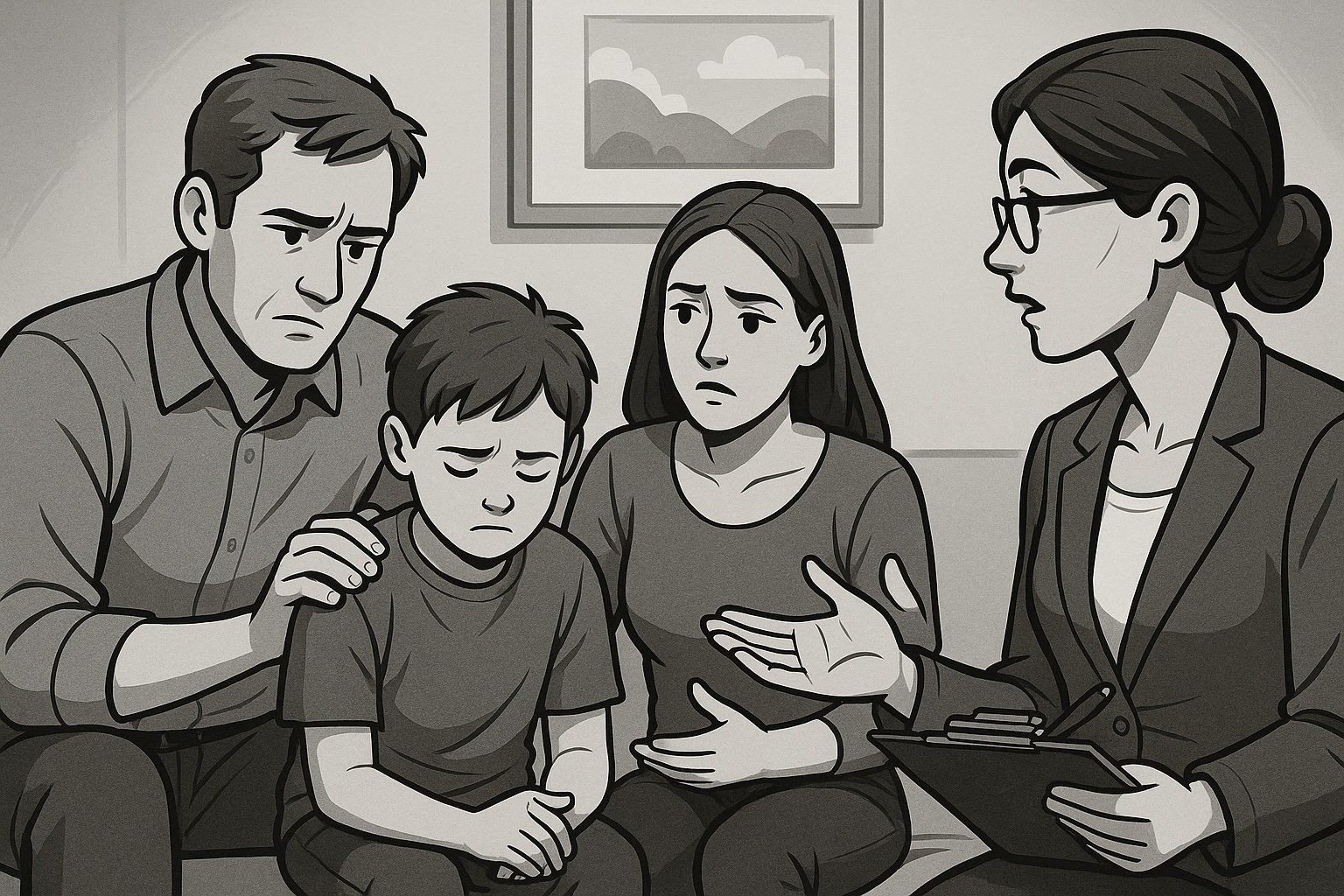A Flawed Premise? The Debate Over the Effectiveness of Therapeutic Visitation for Children
Therapeutic visitation is often used in family court cases, but some experts are now questioning whether it truly serves the best interests of the child. A new article in Forbes highlights a "flawed presumption"—that a child will feel safe and open up simply by being in a room with a stranger, challenging the very foundation of this common practice.

In the complex and often contentious world of family law, therapeutic visitation is a widely accepted practice, intended to facilitate safe and healthy contact between a child and a parent when there are issues of abuse, neglect, or high conflict. However, a recent piece in Forbes is sparking a crucial debate, arguing that the practice is built on a "flawed presumption" that may actually harm, rather than help, the children it is meant to protect.
The article critiques the idea that a child can feel safe enough to engage in meaningful communication with a parent in the presence of a court-appointed therapist, whom the child has just met. This model, the argument goes, ignores the fundamental principles of child psychology. Children who have experienced trauma, particularly from a parent, are not likely to trust a new adult instantly. Their instinct is to protect themselves, which often means remaining silent or giving answers they believe the adult wants to hear, rather than expressing their true feelings.
For a child who has been a victim of abuse, the setting of therapeutic visitation can be deeply unsettling. Instead of a safe space, it can feel like a high-stakes performance where they are expected to interact with the person who has caused them harm, with a stranger observing their every move. This environment can re-traumatize the child, making them feel isolated and powerless, and can ultimately undermine their healing process.
Child advocacy groups and legal experts are now re-evaluating the role of therapeutic visitation and calling for alternative, more child-centric approaches. This includes allowing children more control over who they interact with, prioritizing their emotional well-being over a court-mandated schedule, and ensuring that any therapeutic intervention is truly designed to empower the child, not just to satisfy a legal requirement. The debate serves as a powerful reminder that when it comes to children's welfare, the most well-intentioned interventions must be rigorously evaluated to ensure they are actually doing good.
Source: Forbes
